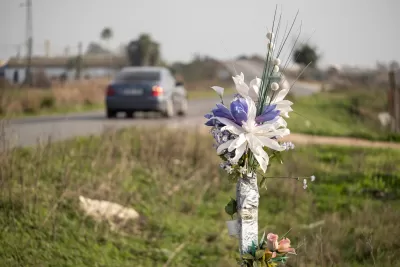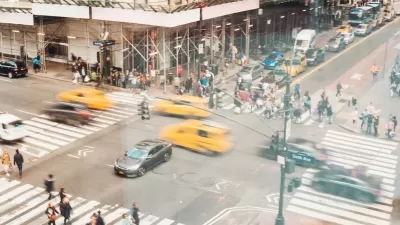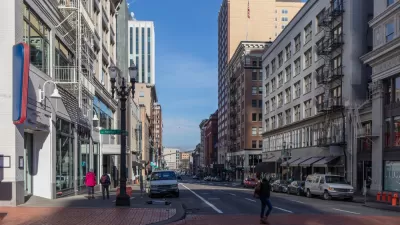According to a new report, rural roads nationwide see a disproportionate amount of traffic fatalities compared to their urban counterparts. But rural drivers in some states are at greater risk than in others.

“Traffic fatalities on the nation’s rural, non-Interstate roads occur at a rate nearly double that on all other roads,” states a new report from TRIP, a nonprofit organization researching transportation issues. Analysis of 2022 traffic data from multiple federal datasets, TRIP shows non-Interstate rural roads nationwide had an average traffic fatality rate of 2.01 deaths for every 100 million vehicle miles traveled compared to 1.12 deaths per 100 million VMT on all other roads. It also found that rural, non-Interstate roads accounted for 36 percent of the nation’s traffic fatalities but only 23 percent of all VMT in the U.S.
The report attributed these higher traffic fatality rates to a variety of factors, including a lack of roadway safety features, longer emergency vehicle response times, and higher speeds. But those factors vary highly per state. So which states are the most dangerous for rural drivers?
11 States with the Most Rural, Non-Interstate Traffic Deaths
Fatalities per 100 million vehicle miles traveled
- South Carolina - 3.11
- Delaware - 3.05
- Arizona - 2.87
- Oregon - 2.82
- Florida - 2.61
- North Carolina - 2.59
- Tennessee - 2.59
- Kentucky - 2.57
- Louisiana - 2.57
- Nevada - 2.53
- Texas - 2.52

Trump Administration Could Effectively End Housing Voucher Program
Federal officials are eyeing major cuts to the Section 8 program that helps millions of low-income households pay rent.

Planetizen Federal Action Tracker
A weekly monitor of how Trump’s orders and actions are impacting planners and planning in America.

Ken Jennings Launches Transit Web Series
The Jeopardy champ wants you to ride public transit.

Crime Continues to Drop on Philly, San Francisco Transit Systems
SEPTA and BART both saw significant declines in violent crime in the first quarter of 2025.

How South LA Green Spaces Power Community Health and Hope
Green spaces like South L.A. Wetlands Park are helping South Los Angeles residents promote healthy lifestyles, build community, and advocate for improvements that reflect local needs in historically underserved neighborhoods.

Sacramento Plans ‘Quick-Build’ Road Safety Projects
The city wants to accelerate small-scale safety improvements that use low-cost equipment to make an impact at dangerous intersections.
Urban Design for Planners 1: Software Tools
This six-course series explores essential urban design concepts using open source software and equips planners with the tools they need to participate fully in the urban design process.
Planning for Universal Design
Learn the tools for implementing Universal Design in planning regulations.
Heyer Gruel & Associates PA
Ada County Highway District
Institute for Housing and Urban Development Studies (IHS)
City of Grandview
Harvard GSD Executive Education
Toledo-Lucas County Plan Commissions
Salt Lake City
NYU Wagner Graduate School of Public Service





























